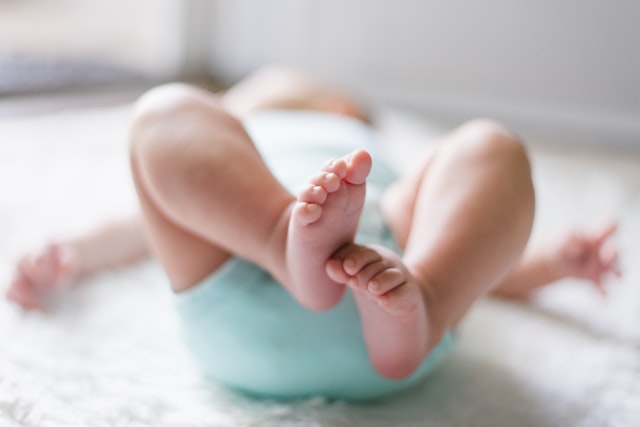You should be proud of yourself for bringing a child into this world and raising them, but if you have suffered a back injury as a result of the process, you should get treatment to alleviate the discomfort and continue to be a good parent. Here are some of the most typical problems that moms encounter, as well as solutions to these problems.
Common back problems
- Just one look at a pregnant mother in her third trimester demonstrates that pregnancy and back discomfort are inextricably linked. Moving about and completing everyday duties can be difficult when your tummy and breasts are becoming bigger and heavier. This can cause your shoulders to slouch and your lower back to fold and curve inward.
- Furthermore, your body creates a large amount of hormones during pregnancy, which can weaken the joints and ligaments, resulting in instability and the possibility of injury. When you give birth, your joints may be more prone to laxity than they were before, which is why so many new moms tend to have back pain for months afterward. Lifting and bending over the crib, holding your newborn on one hip, dragging diaper bags and car seats are all possible triggers.
- Sprains and strains are the most common injuries that moms encounter. It is common for a ligament sprain to be caused by an abrupt twist, jerk or fall, but it may also be caused by an injury to the tendons or a muscle caused by a faulty lift or a long-term repetitive motion. In both situations, the pain remains localised in your back and does not radiate to your limbs, but it is severe enough to keep you debilitated for several days.
- Herniated discs are another common ailment that occurs after an uncomfortable or rapid movement that causes the cartilage between the vertebrae to stretch or even rip. The discomfort or numbness that occurs in your lower back may go down your leg and perhaps worsen over time if the problem persists. If it occurs in your neck, the pain is identical, and the pain frequently travels into your shoulders and arms as well as your lower back.
- It’s not uncommon for your lower back and hip to work in tandem. An impairment in one of these regions can result in dysfunction and discomfort in the other joint, and vice versa. It is possible that the motions in your hip will be restricted if you have persistent lower back pain, and that the muscles around your hip joint will become stiff and uncomfortable. If you have a problem with your hip function, it’s possible that the mechanics of your lower back may be affected, resulting in discomfort in both places. Leaving this unattended could not only cause more pain in both joints, but later on in life could result in total joint replacement surgery, which understandably you want to avoid.
- In the end, sciatica, which is a condition that happens most typically in the third trimester of pregnancy, develops when a slipped disc puts pressure on the sciatic nerve, or when the nerve is pinched either as a result of ligament loosening or as a result of altering your centre of gravity. Although the symptoms can range from minor discomfort to intense and acute pain, most of the time they are restricted to one side of your body, extending to the lower back, behind, and legs in the majority of cases.
Ways to make yourself feel better
Irrespective of how much discomfort you are experiencing, consulting a doctor is the most reliable way to get back on track. A doctor can do a comprehensive examination and establish with confidence where the problem lies. Your research is crucial in finding specialists in the subject. If you’re like most, you’ll want to check out the expert publications that are authored in medical journals, which are excellent educational resources that provide the most up-to-date information on the most recent developments in the field and new research and approaches.
There are a lot of things you can do to heal yourself while you’re waiting for the results of your treatment. For example, you can apply cold or heat to your body to relieve pain, and you may be able to take specific medications prescribed by your doctor. In addition, you should relax as much as possible and gradually begin undertaking moderate activity that has been allowed by your doctor, such as yoga, swimming, or taking a stroll around the neighborhood. If you have back discomfort, you may benefit from physical therapy that includes traction. Traction is the process of pushing your trunk, neck, or limbs in order to extend your back and temporarily relieve pain and stiffness.
Losing weight is another way to help relieve back pain. Since the spine carries most of your weight, being overweight can make your symptoms worse. Eating healthy and practicing gentle exercises as mentioned above should help relieve your pain once the pounds begin to shed.
Taking action
We recommend that you begin exercising again as soon as you’ve fully recovered after the birth of your child. Begin by maintaining a regular exercise regimen, such as gentle aerobics or Pilates, which focuses on strengthening your abdominal muscles. This will not only provide additional support for your back, but it will also assist to alleviate stress, depression, sleeplessness, as well as exhaustion. Aside from that, make a habit of stretching on a daily basis by doing everything from simple head bends to the more rigorous core, back, gluteal hamstring, and hip stretches.
With a demanding newborn, it might be difficult to get adequate sleep to help alleviate chronic back pain. What you can do is upgrade to a better mattress and change your old, unsupportive pillows with new, more supporting ones. Additionally, try sleeping on your side and, if necessary, placing a cushion between your knees.
Back discomfort is no laughing matter, and you should not ignore it. You’ll be able to appreciate your new role as a mom more if you take control of the discomfort and prevent it from worsening.



